Advocating for a more Democratic Process
A critical analysis of codesign plenary sessions within public project development.
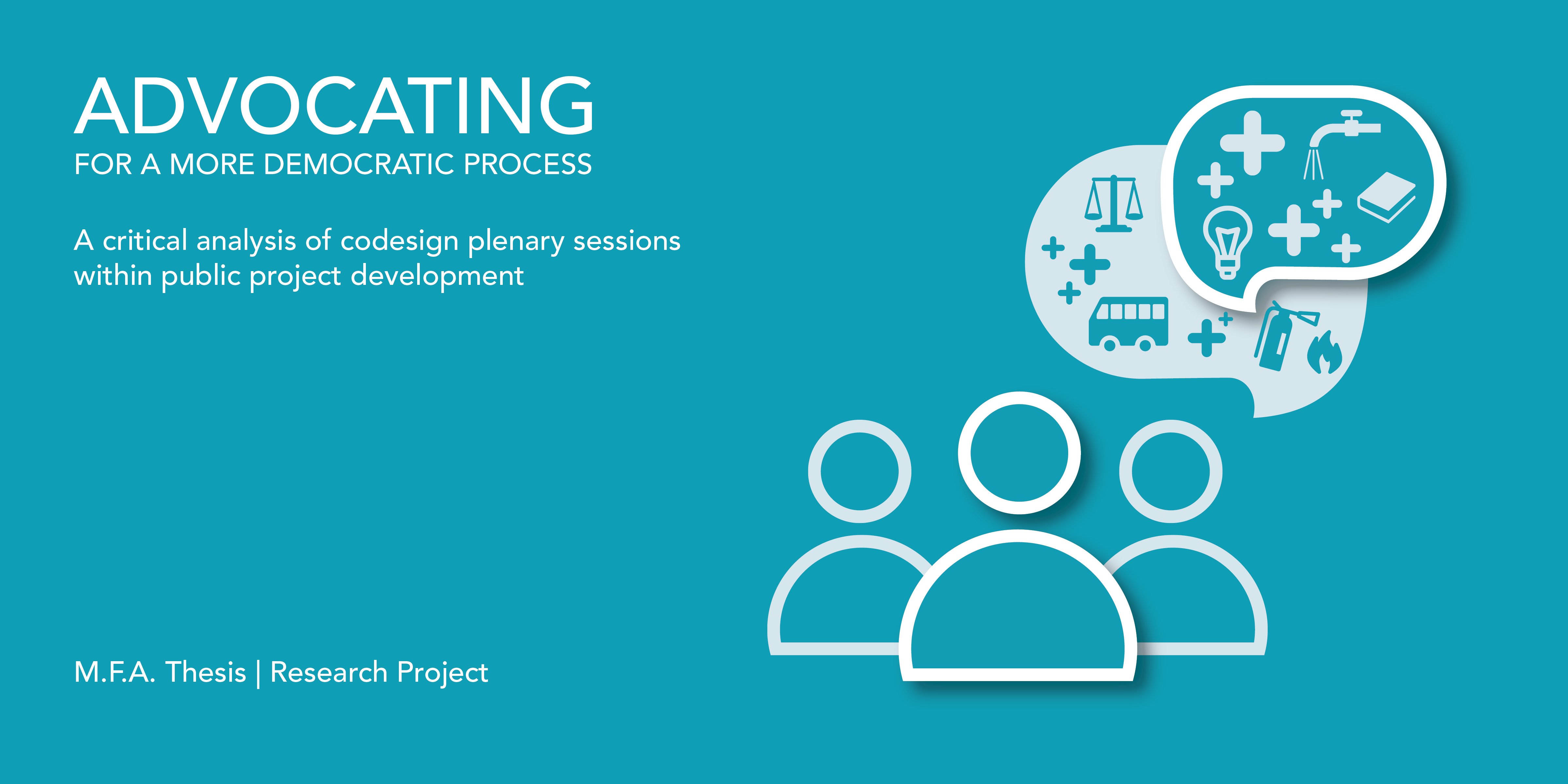
Summary
Codesign activities are increasingly used in the development of public services and policies. These approaches include citizens in the design process, thereby giving it democratic value. However, few measures are currently in place to ensure that the epistemic value provided by participants is reflected in the final design. The objective of this project was to determine the type of ideas that can be lost during the synthesis moments of codesign activities, and to then indicate possible solutions to make the process more democratic.
My Role
Conducting background and field research (observations and interview), producing a literature review, prototyping solutions, organizing and leading codesign activities, conducting qualitative and quantitative analyses, writing a master’s thesis
Tools
NVivo, QDA Miner, Photoshop, Illustrator, InDesign, Lightroom, Codesign maketools, Microsoft Excel
Context
In the public sector context, the use of participatory design methods such as codesign approaches have gained momentum since the beginning of the 21st century. Many decision‑makers see codesign as an opportunity to make the development of public services and policies more democratic, as this approach involves citizens in the design process. Codesign activities enable ordinary citizens to communicate their complex realities, thereby allowing for the development of solutions that are better adapted to their needs. However, the epistemic value provided by participants still needs to be effectively communicated to the designers and project sponsors to ensure a democratic codesign process.
Codesign activities remain a complex exercise that poses a number of challenges. The type of codesign event analyzed in this research generally has three phases: the preparation of the activity, the activity itself and the conclusion phase where a report is normally delivered to the sponsor of the project. The codesign activity can be divided into two moments. A first moment of divergence where the participants generate new concepts using codesign tools (maketools) that are presented to them. Then, a moment of convergence where participants must synthesize their solution to finally present their concept.
The problem is that these moments are difficult to frame, because they imply that synthesis works effectively. But by its very nature, synthesis requires leaving some things out. In other words, synthesis efforts produce residual data. The question is, what is the value of this residual data? Moreover, is it possible to limit this loss of data?
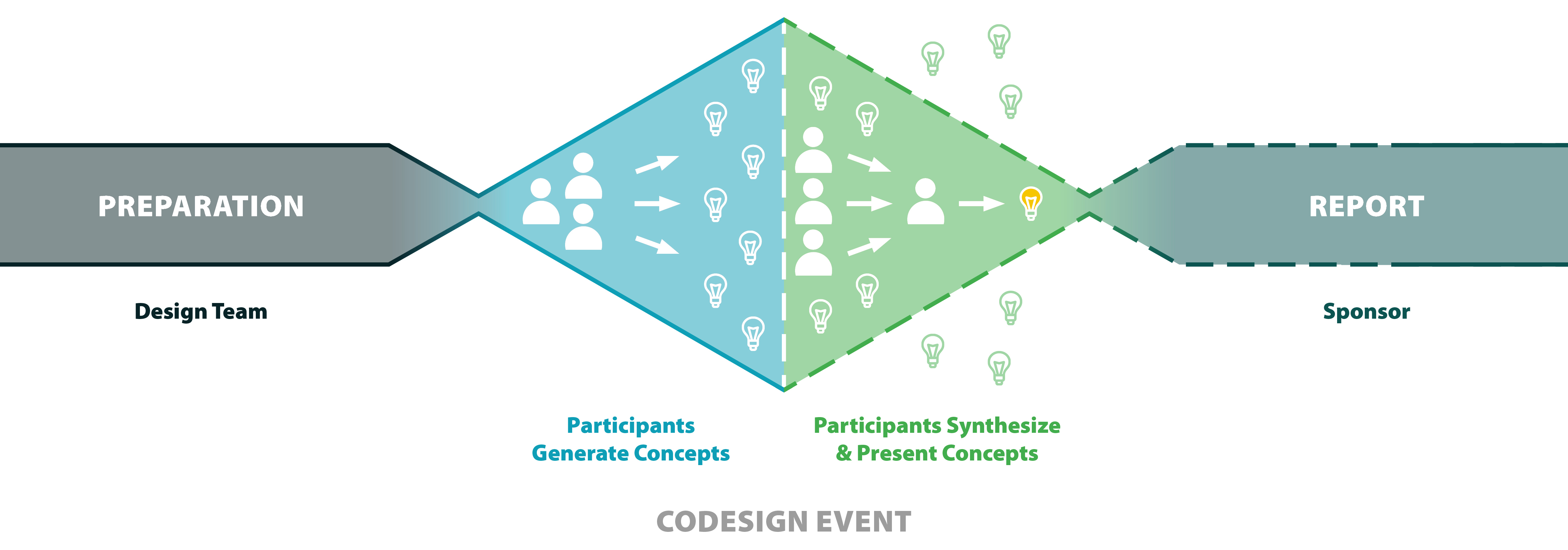
Research
Literature Review
As this project was conducted within the framework of my master's thesis, a literature review was meticulously carried out. It was partially done prior to the field research and was then completed during the analysis and writing of the thesis. The literature review touched on many topics related to participatory design, codesign approaches in the public sector, the importance of democratic participation, and the value of codesign approaches.
Field research
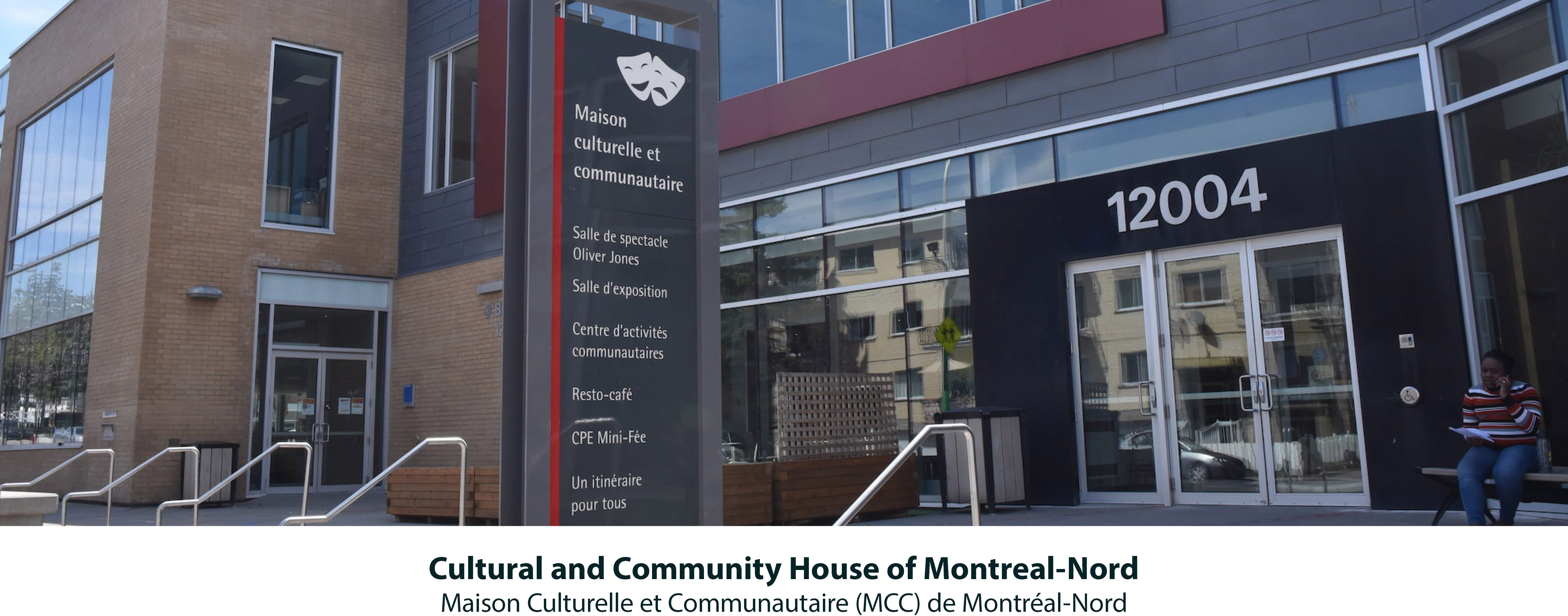 The field research for this project was conducted during a month-long residency at the public library of the Maison Culturelle et Communautaire (MCC) of Montreal North during the spring of 2019. This residency consisted of four phases:
The field research for this project was conducted during a month-long residency at the public library of the Maison Culturelle et Communautaire (MCC) of Montreal North during the spring of 2019. This residency consisted of four phases:
- Ethnography and unstructured interviews to understand the problems that citizens can face at the library of the MCC
- Development of 34 personas to understands who the people using the library are
- Development and test of preliminary prototypes that were developed to solve those problems
- Codesign activity to test the prototypes and create new solutions
Codesign activity
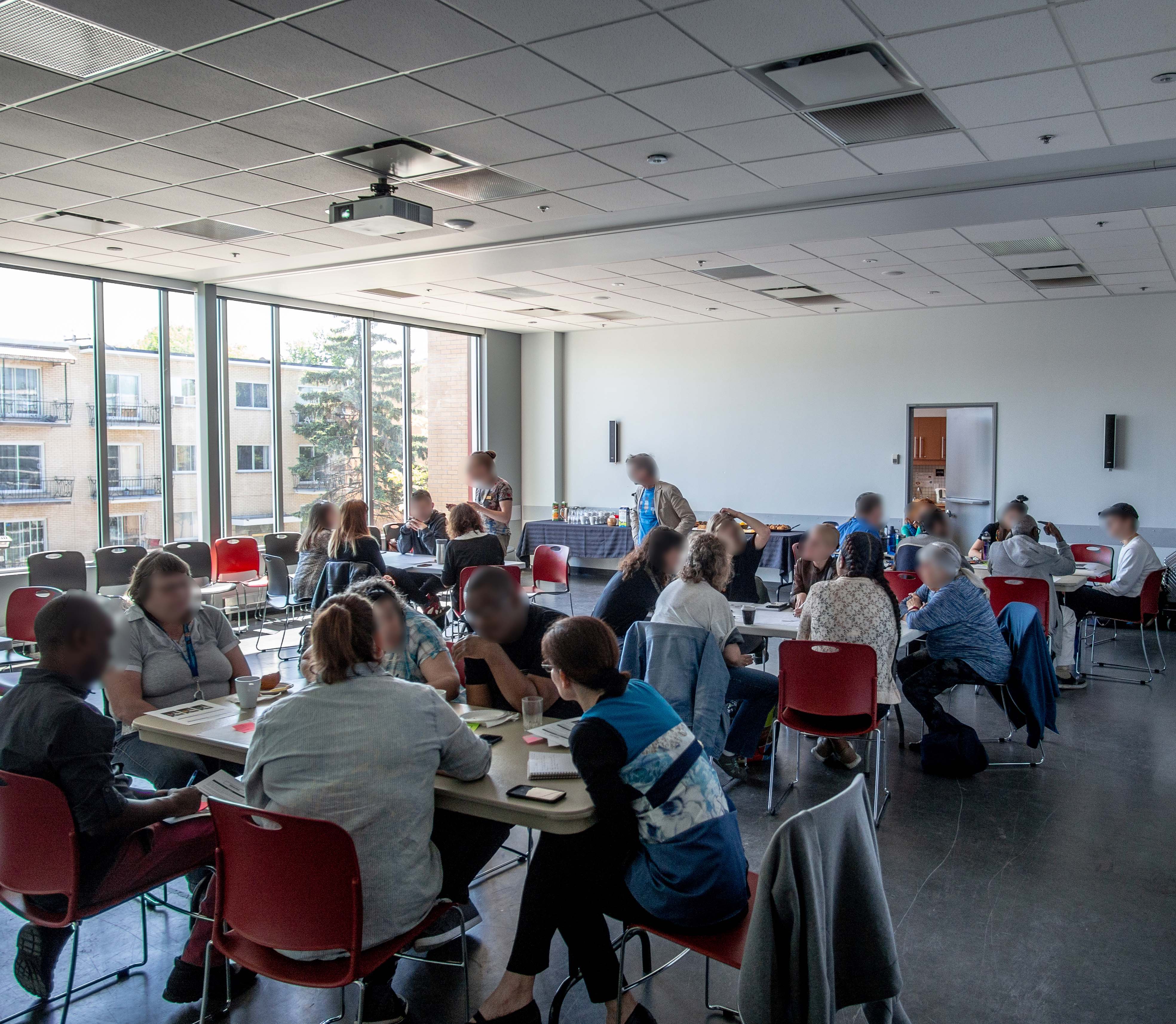 Duration of the codesign activity: 3h45min
Duration of the codesign activity: 3h45min
Codesign phases:
- Ideation Phase
- Concept summarizing phase
- Presentation phase (plenary session)

In each of the phases, every group had a moderator in addition to at least one note-taker. The moderator’s primary role was to explain the different stages of the activity to the participants and to ensure that the discussions did not veer off-topic.

During the ideation and concept-summarizing phases, participants were divided into three teams of 4 people and one team of 5 people. Then, each team was distributed a martyr prototype as their maketool.

A martyr prototype is a solution that was intentionally designed to make people react. In this case, each prototype was addressing an issues of the MCC.
- Table A got Assigned the ID’ing Operation. The prototype was relative to the discrimination of only ID’ing teenagers at the entrance of the library.
- Table B got Forbidding the Forbidden. Here the problem in question was the large number of 'forbidding' signs in the MCC.
- Table C got the objective of reviewing the zoning of the MCC and the library.
- And finally, Table D was addressing the noise problem in the library.

After the ideation phase, each team had 20 min to choose a final concept and to finalize it among its members. Each participant was then told that they would need to present their concept individually to the other teams afterward. To help, a summary sheet was given to each participant.
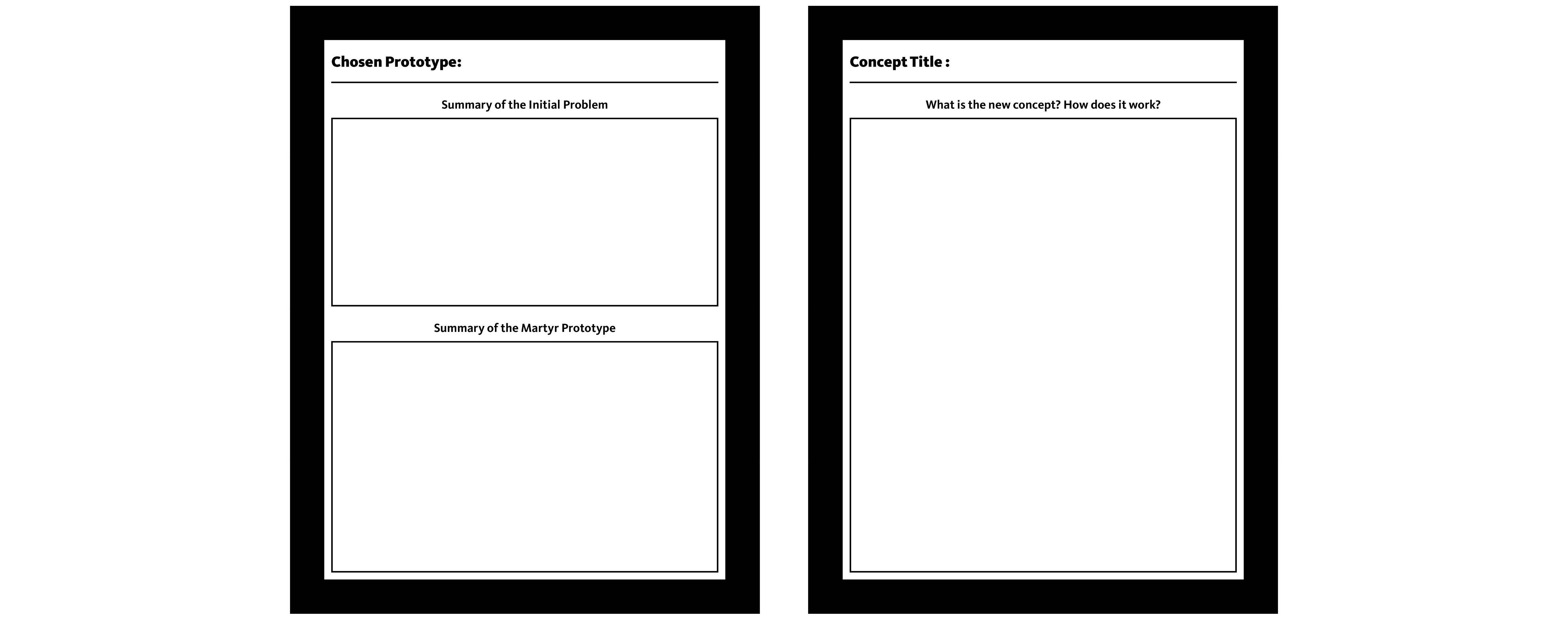
The presentation and plenary phases were different for that codesign. Instead of having one global plenary session, 4 small plenary sessions were organized. The redistribution of the teams allowed for everybody to present. Therefore, the data was multiplied by four, and the different presentations could be compared.
However, 2 participants had to leave, and to keep the teams balanced, they were replaced by the note takers (NC & NB). Also, the presenter D4 had a speech impediment, so he was helped by the note taker ND. In the end, the dataset used for this research consisted of all of the transcripts of those 16 presentations.
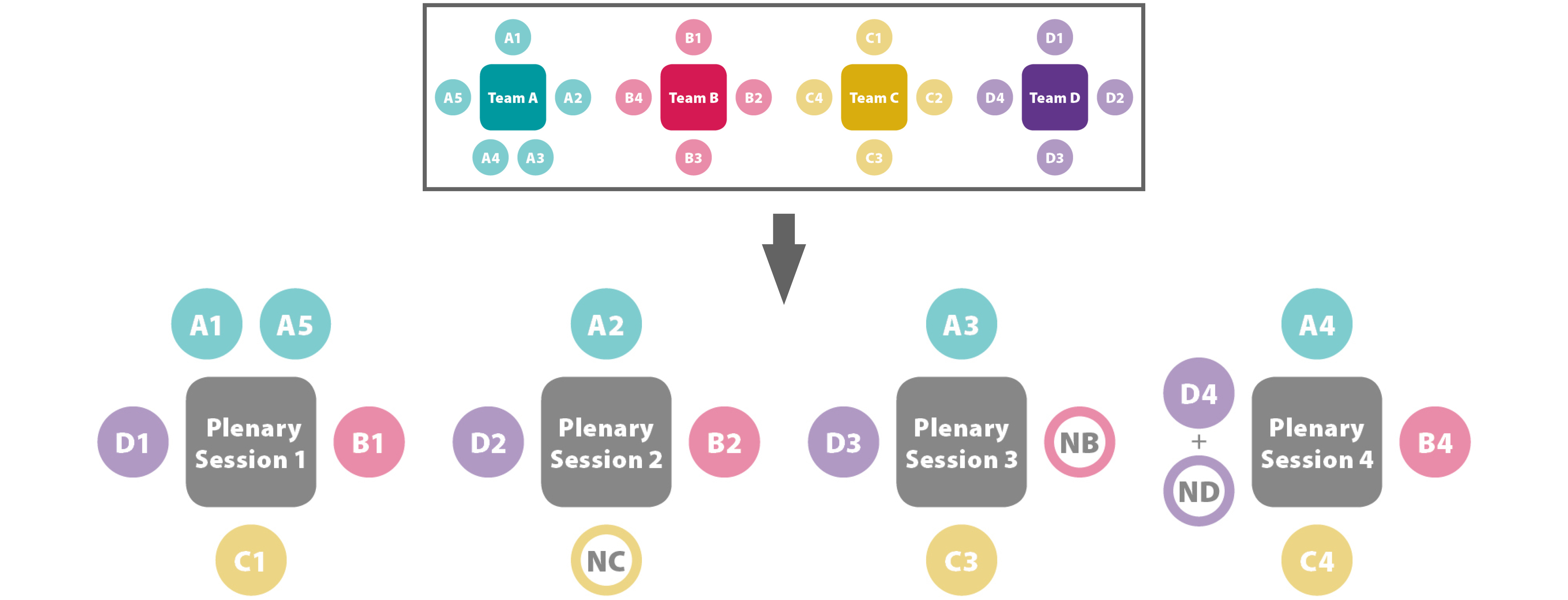
Analysis
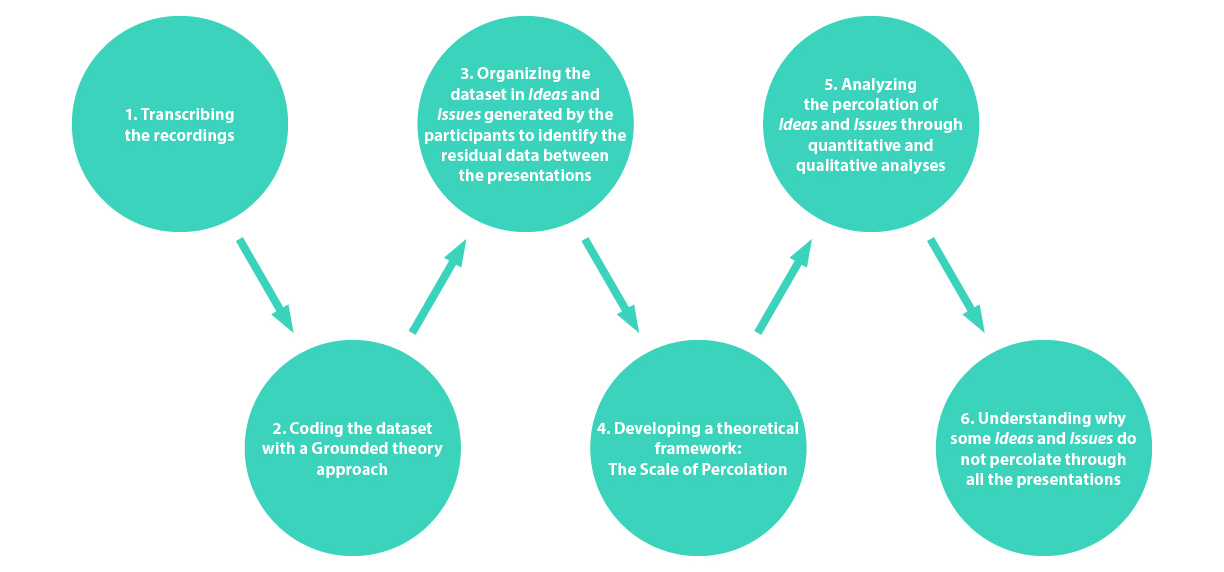
Organizing the dataset
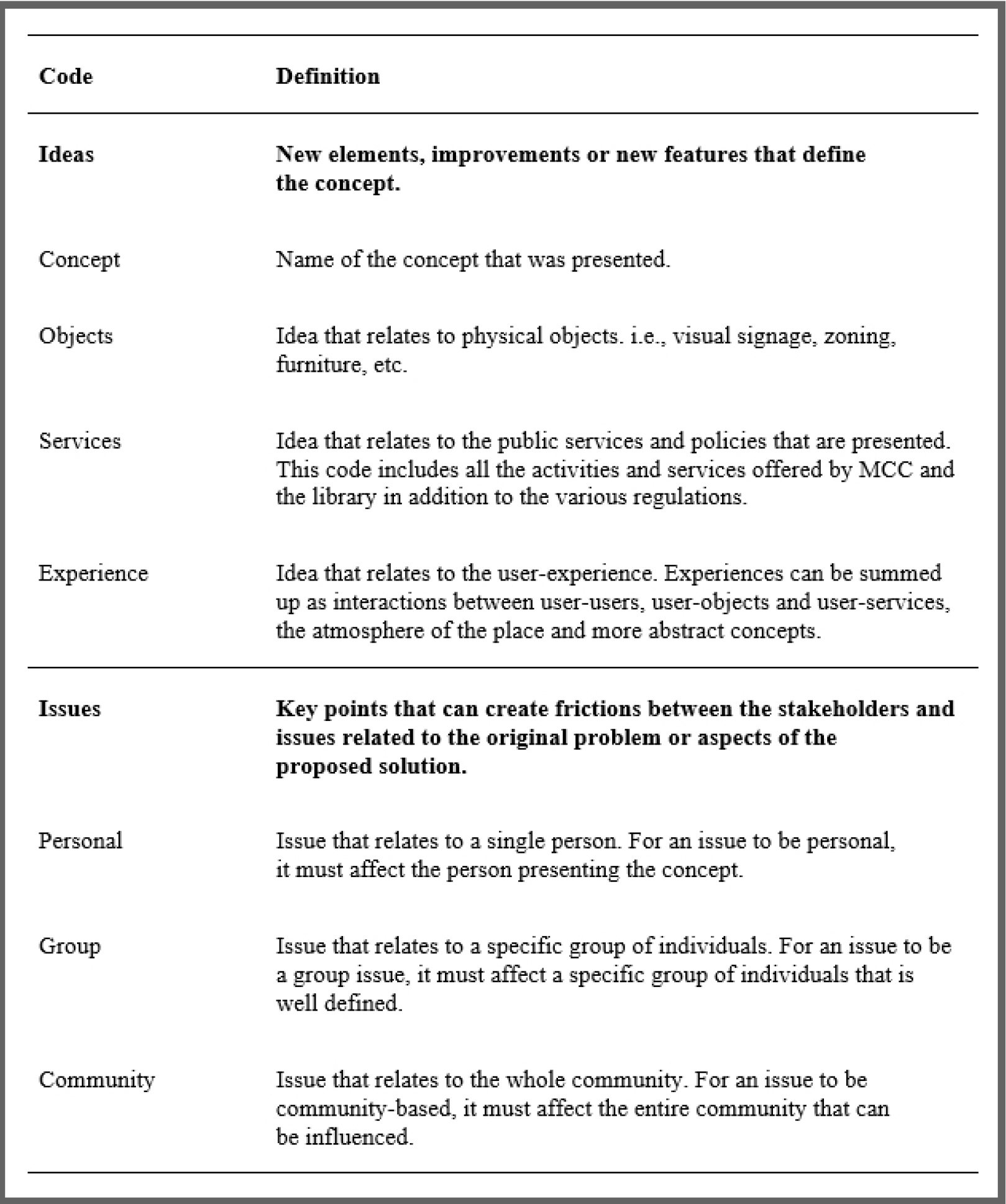 The recordings of the plenary sessions collected during the codesign process were first transcribed and then coded using the software NVivo. A Grounded Theory approach was used to refine the codes developed during the analyses. In the end, the codebook generated allowed for the identification of the most valuable elements from the transcripts.
The recordings of the plenary sessions collected during the codesign process were first transcribed and then coded using the software NVivo. A Grounded Theory approach was used to refine the codes developed during the analyses. In the end, the codebook generated allowed for the identification of the most valuable elements from the transcripts.
The final codebook was divided into two main categories: Ideas and Issues.
- The subcategories of ideas consisted of: the concept, the physical objects, the services, and the experience of each idea.
- The subcategories of issues were: personal issues, group issues, and community issues.
Understanding the Ideas and Issues that percolated or not
The coding and analysis of all plenary session’s presentations allowed for the understanding of which types of elements percolated the most in the participants' speeches and which tended to disappear. The following Scale of Percolation, developed based on the results of the qualitative and quantitative analyses, defines what types of Ideas and Issues tend to percolate or become lost.
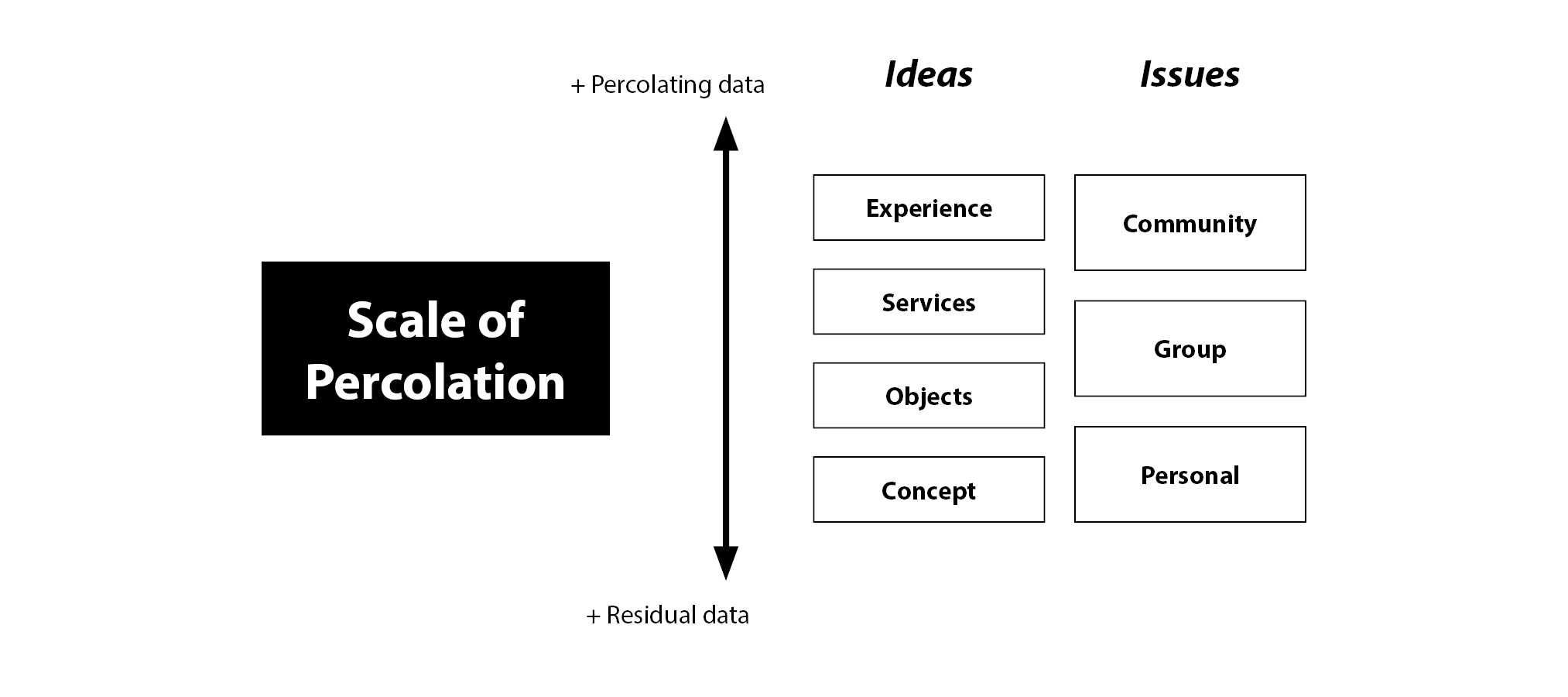
Identifying the problems with codesign plenary sessions
Understanding the percolation level of different types of Ideas and Issues subsequently allowed for the identification six problems related to plenary sessions that could cause a loss of data during the moments of convergence in a codesign activity.
Identification of 6 problems
- Different or no concept title presented.
- Missing core Idea and/or Issue.
- Multiple contradictions were present among the participants’ speeches.
- Difficulty to present a list of elements.
- Lack of cohesion within teams.
- Some participants presented Ideas and Issues that were off-topic.
Results
Hypotheses of the cause for the residual data
This research project first confirmed the hypothesis that there is a loss of data during the plenary sessions of codesign activities. Moreover, this loss of data can also lead to a loss of epistemic value. It is therefore important to find solutions to limit this loss of data in order to ensure that codesign approaches do not lose their democratic value.
By understanding the cause behind the six problems listed, two main hypotheses can be formulated. First, the traditional format of the plenary sessions does not allow for the epistemic data generated by all the participants to be effectively communicated through the presentations in an equitable manner. Second, it can be imagined that the lack of a common narrative between members from the same ideation team makes the presentation of the concepts more difficult for some participants.
However, before speculating on possible solutions, it is important to keep in mind that multiple constraints exist around codesign plenary sessions in the public sector. For example, there are many time constraints, such as making the duration of the activity reasonable. There must also be a unique global plenary session to allow everybody to deliberate and hear what came out of the codesign activity. The solutions must also allow for differing team sizes that are subject to change (if a participant leaves, etc.). These are just some examples of the many possible constraints.
Speculative solutions
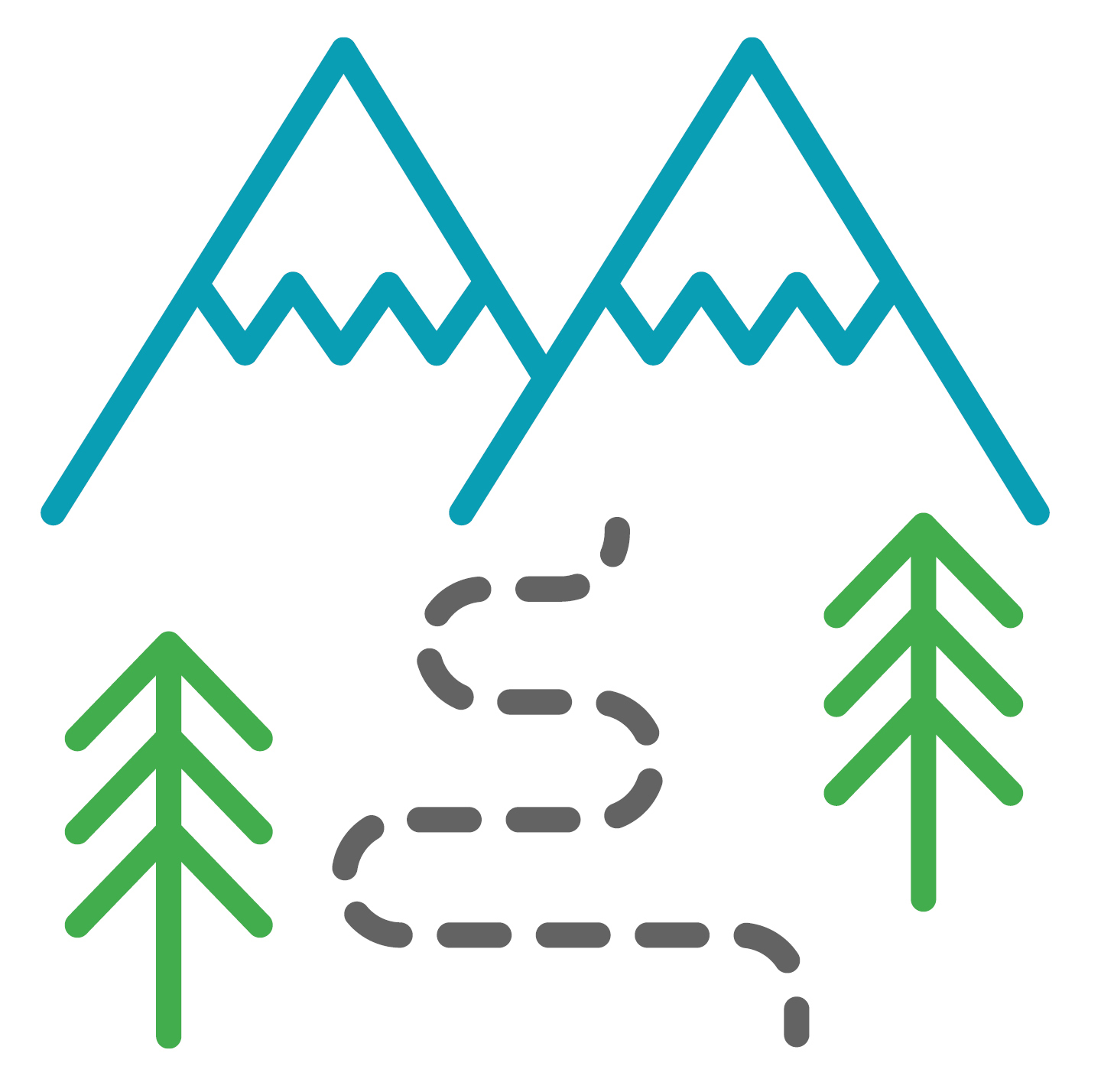 In the end, to solve the problem of the residual data generated during the plenary session, a solution in two parts was proposed. First, the framework of the plenary session must change. It should not remain a traditional presentation format where one or two participants simply list the elements of the concept generated. Second, new synthesis tools must be developed to help the participants present their concept.
In the end, to solve the problem of the residual data generated during the plenary session, a solution in two parts was proposed. First, the framework of the plenary session must change. It should not remain a traditional presentation format where one or two participants simply list the elements of the concept generated. Second, new synthesis tools must be developed to help the participants present their concept.
Focusing on a storytelling approach could help to solve that problem. By using storytelling methods as synthesis tools, the presentations can follow a narrative. This would favor the experiences behind a concept instead of merely focusing on its details. It would also help the participants to talk about personal experiences, and to limit the omission of key elements of the concept.
Future research
In conclusion, this research project lent some insight about the conventional format of the plenary sessions, and it demonstrated that the having residual data could have a negative impact on the democratic process of a codesign activity.
However, synthesis tools like storytelling could help to solve this problem. Still, further research needs to be done to verify the effectiveness of this theory in a real codesign context. Finally, eventually developing a set of synthesis tools complementary to storytelling could help to ensure that codesign activities in the public sector have a more democratic process and output.